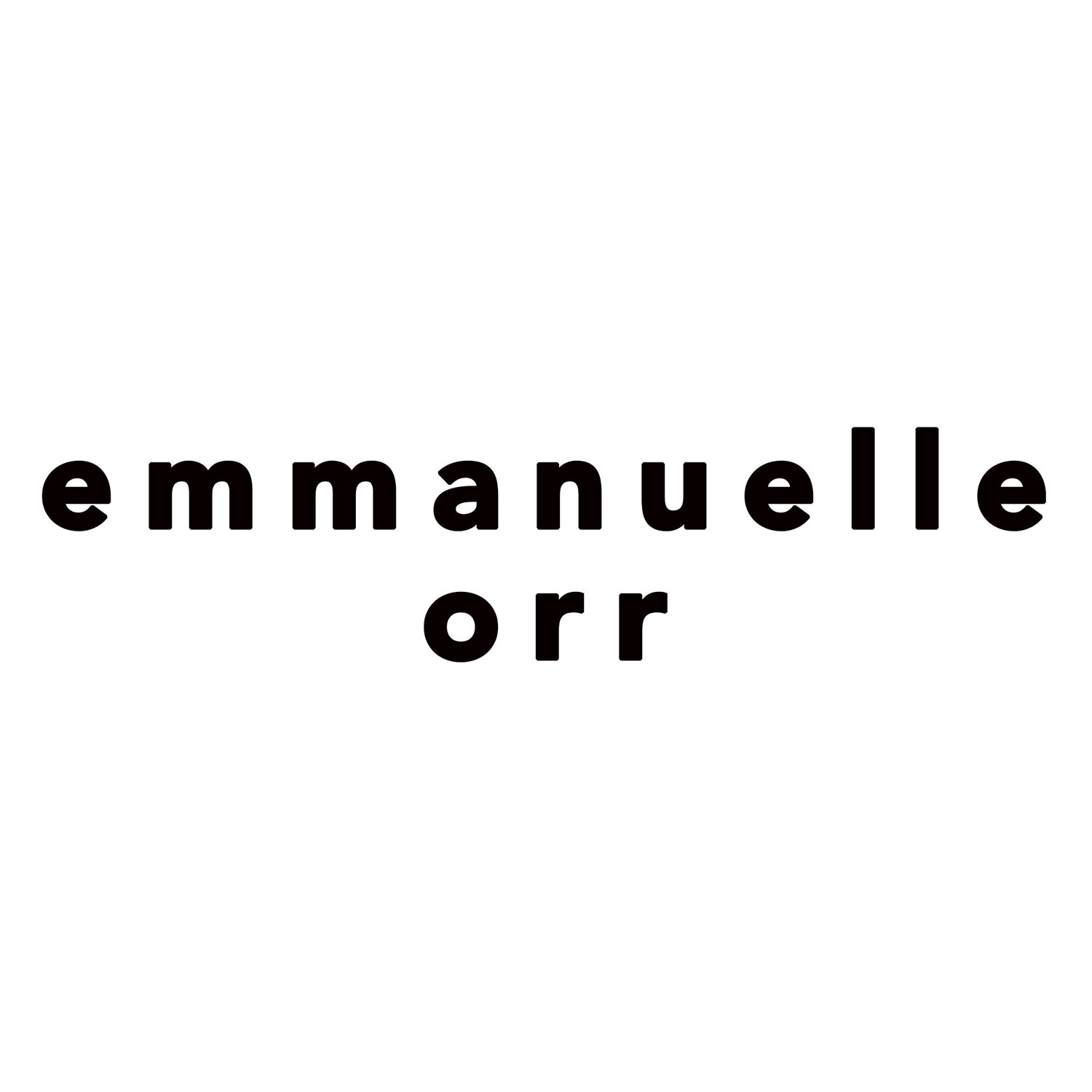Exhibition review- Basquiat X Warhol
It is impossible to leave the Basquiat X Warhol exhibition at the Louis Vuitton Foundation in Paris without a smile on your face. The large canvases, the bright colours and humourous drawings, the complicity the paintings and the videoed interviews exude, this is a show that knows the formula to impress and delight the viewers.
Not that it is formulaic or superficial, or that it shies away from serious elements. Basquiat’s engagement with social commentary and struggle against oppression, the critic of racism and capitalism that sutures (and satures) his work, is clearly visible on the canvases throughout the show, highlighted in the wall captions and discussed in guided tours commentary. Of particular impact are the pieces Taxi, 45th/Broadway about racism (the guide next to us pointed out how Basquiat would sometimes need to hide while his friends hailed a cab after night outs in NYC, the colour of his skin leading to some taxis not stopping otherwise) and Origin of Cotton, with its crowd of black faces staring back on the canvas in a devastating comment on the deshumanisation of slavery.
Warhol’s not left behind, even in the stakes of social commentary- his position toward capitalism may be more ambivalent, with his advertising background, his position as a celebrity beyond the realm of the art world in the 80s, and his use of brands, logos or images of cultural icons, but his work also engages with these issues and subtly comments on them.
These different attitudes to celebrity or to capitalism, and their different approaches to engaging with sociopolitical questions (upfront for Basquiat and more ambivalently for Warhol) raise questions on the role of art and the place of the artist in society, the value of aesthetics vs art’s participation in a political society. This is one of the aspects in which their collaboration, with its playfulness and its oppositions, constitue a real dialogue, visible throughout the exhibition at different levels.
The question of art process is also an interesting one: who does what, and in what order. With these two (or more, as the exhibition also presents some work they did in collaboration with Francesco Clemente, and other rooms shows collaborative works with other artists from the Downtown NYC art scene, not least of course Keith Haring), different approaches seem to have been used.
In some cases the canvas would move from studio to studio, like an oversize cadavre exquis, each artist adding in turn to the work of the other(s); in some pictures they are seen working together on the same canvas at the same time. Finally some works make full use of the different possibilities offered by their mediums of choice (Basquiat and Clemente paint, then Warhol screenprints copies of the painting, with the resulting works are presented together: first the colourful painting done by Basquiat and Clemente, followed by the monochrome screenprints version, looking like a large canvas photocopy of the original). Finally they occasionally work in each other’s mediums, Basquiat screen printing and Warhol painting.
Warhol, as we know, started as a commercial artist in the advertising industry- but his screenprinted corpus use mostly photographs, and people therefore dont think of him much as a draughtsman or painter, and this exhibition forces us to look differently at his body of work, beyond the Brillo box, and beyond printmaking.
And in the works where Warhol is painting, the enmeshment of their mark making is so great that it is almost impossible to figure out who did what. This is something the artists wanted, with Warhol commenting that the paintings they did together were “better when you can’t tell who did which parts”, when their two styles blended so well they couldn’t be wrung apart. This raises interesting questions about the idea of style, and of authoriality. Of course, this is a question Warhol engaged with throughout his career, the works produced at the Factory challenging the same notion, albeit in a different way: in his screenprints, the work is attributed to him regardless of who pulled the squeegee; in these collaborations, his contribution cannot easily be identified as his.
There is also a real dialogue between image and text on the canvas, and between form and meaning. Basquiat also wrote, and one room displays a selection of pages from his notebooks, with snippets from plays, puns, shopping lists and poems. Writing is present in almost all his work, and playing a double role. First of course there is what the text says, and how that message, the meaning of the words interact wit the drawings they share the canvas with. He also often scratches out the words, to force the viewer to pay more attention, to try to read what is hidden, as he explained. But his writing also has a strong pictoriality: he paints with words, manipulating the text as a formal element on the surface of the painting. Warhol engages with this too- not exactly through writing, but through his use of logos in the painting, which use the graphic codes of advertising and popular culture to add content to the painting, both semantically and formally.
Of course all art is a conversation- even when created by one identifiable author and detached from the world, all artistic creation is inscribed within an environment, a culture, a socio-political history that it builds on or rejects, engages with or turns away from. But when artists work together, firing up each other’s creativity and challenging each other, when they enter in a dialogue or co-author a piece, the results are vertiginous.
Basquiat X Warhol Painting 4 hands runs until 28th of August at Foundation Louis Vuitton in Paris

